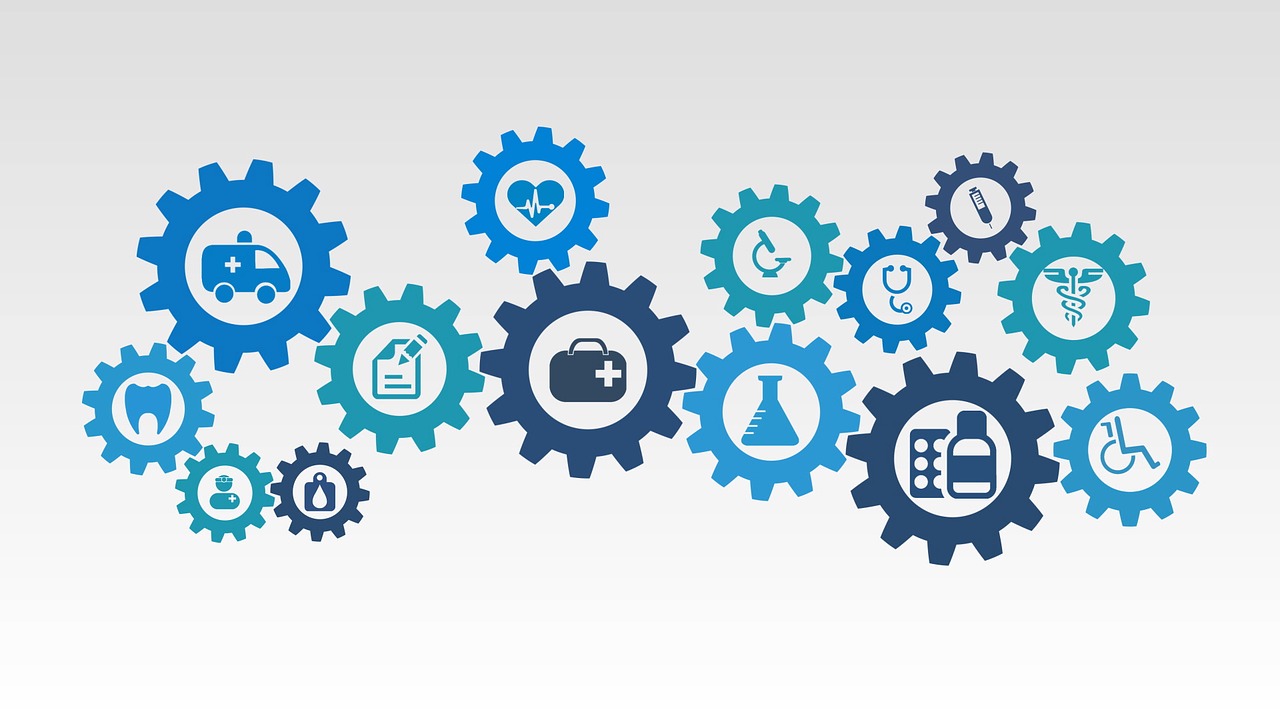In April 2017, Johns Hopkins School of Nursing (JHSON) students attended the Consortium of Universities for Global Health Conference, “Healthy People, Healthy Ecosytems,” in Washington, D.C. Students wrote blogs reflecting on breakout sessions and topics presented by experts and the current climate of global health. In part one, we look at the thoughts of JHSON student Gibran Mancus and the question “Do young men face similar challenges to finding leadership roles in global health as women?”
Promoting Female Leadership in Academic Global Health
One big question went unanswered at the panel on Promoting Female Leadership in Academic Global Health, at the 2017 Consortium of Universities for Global Health conference. The moderator sparked conversation by stating that more women than men are working in global health, and yet more men fill leadership roles and asked if anyone had thoughts on whether young men faced similar challenges in finding leadership roles. The panel and the participation were dynamic, but the moderator’s question went unanswered.
This question, still lingering, begs to be addressed. Do young, early-career men face similar challenges to women in finding their way into global health leadership? I would answer yes. The global health community, especially those in leadership roles, have been working to serve over 65 million refugees, combat infectious diseases, anti-microbial resistance, non-communicable and zoonotic diseases, increase sustainability of agriculture, and adapt to changes to planetary systems that threaten human existence on earth. With roots in public health, medicine, nursing, and other health professions these global efforts have sought funding through limited government and non-government donations and philanthropic initiatives. The funding mechanism inherently supports power imbalance in the same way that the capitalism does: those with the most resources, wield the greatest power. What I am trying to say is that the barriers to leadership in global health are based on power, and pertain to both men and women. The leadership barriers that men face are similar to those that women face, although not equal. I agree that, in comparison with gender inequality in the global health leadership, the additive nature of social inequalities yield the greatest weight in deciding who gets the leadership job. Factors of socioeconomic status, including education, where you went to school, and financial ability to build networks are all barriers to young men and women in finding their way into global health leadership.
How do we overcome traditional power inequality and pathways to leadership? Those currently in leadership feel a great responsibility to make a difference while there is limited and possibly shrinking funding to support global health leaders. Among all the adversities, leaders can create the opportunity for equitable pathways to ensure smooth transition to a diverse and passionate next generation of global/planetary health leaders. The key to the transition is to ensure that the collective wisdom and experience of those in leadership lives on. One thought that comes to mind is related to the Peace Corps. Traditionally, Peace Corps Volunteers have come straight out of college. Increasingly, today’s Peace Corps Volunteers and Peace Corps Response Volunteers are late career leaders who are looking to share their wisdom and experience. By serving in the United States Peace Corps, or perhaps through the creation of a Global Health Leadership Corps, the collective wisdom and experience of those currently in leadership roles can guide a diverse global health community of both men and women blazing a trail for the mitigation of health disparities among all humans.
